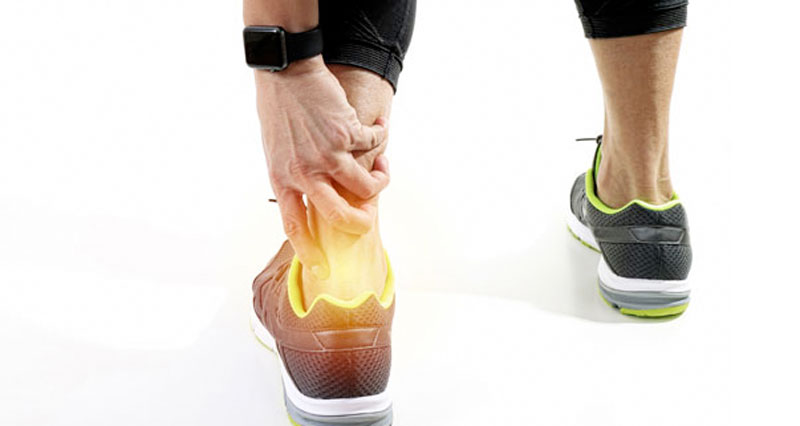Heel drops for achilles tendonitis

Pain in the Achilles tendon is relatively common in recreational exercisers, individuals active in sports, and even in inactive individuals. Overusing a muscle-tendon unit is the main cause of tendinopathy.
Causes and Risk Factors
Over time, the strain on the tendon causes structural changes within the tendon. Overuse of the Achilles tendon can occur with activities such as:
- Increasing your speed or walking or running long distances too quickly
- Suddenly adding strenuous hills or stair-climbing to your exercise routine
- Doing too much too soon after taking time away from exercising
- A sudden or violent contraction of the calf muscles, such as during an all-out sprint
- Running or walking too much.
Factors that may increase your risk of getting Achilles tendinopathy include:
- improper or badly worn footwear
- inflexibility of the calf muscles
- improper training program
- increased age
Symptoms
The symptoms of tendinopathy may include:
- Tenderness (usually just above the heel)
- stiffness that gradually eases as the tendon is warmed-up
- pain after activity that gradually worsens
- pain along the tendon during and/or after running or walking
- swelling or thickening in the area of the Achilles tendon
Conservative Treatment
Conservative treatment for mid-portion Achilles tendinopathy has been proven to be effective. A specific exercise regiment that Alfredson described in 1998 is one of the most well-supported conservative treatments. Alfredson’s model of eccentric heel drop exercises emphasizes the need for patients to complete an exercise protocol of 180 heel drops per day (3 sets of 15 with knee extended and knee bent to 45 degrees twice per day) despite pain in the tendon.
If the patient experiences no tendon pain doing this program, the load is increased until the exercise provokes pain. This 12-week program has been proven successful for approximately 90% of those with mid-portion Achilles tendinopathy.
In 2014, Stevens and Tann challenged this protocol by modifying the regime to a repetition volume that was tolerable to each participant. The new protocol used the same exercises as Alfredson but instructed the participants to do as many reps as was tolerable. Furthermore, they were told to exercise for discomfort but not excessive pain. Stevens and Tann compared this modified protocol to the standard 180 reps per day protocol over a 6-week period and found no difference between the groups, with both groups demonstrating improved function and reduced mid-portion tendon pain.
They concluded that patient tolerance of the exercise should be considered when determining the proper dosage of eccentric heel drop exercises to address mid-portion Achilles tendinopathy.

Adjunct Treatments
Soft tissue mobilization performed on the fibrosed or scarred tendon is an invaluable way to reduce the tenderness and thickening of the heel cord and enhance the restoration of tendon function.
The use of adhesive/elastic tape (Kinesio, KT, and sports tape) has become popular among athletes over the last several years. It is a good way to protect the injured tendon and prevent recurrent injury during activity while undergoing the therapy regime to resolve the injury. The first I or Y strip should be placed with the ankle in dorsiflexion and the knee extended with 0–50% tension placed on the tape. The second I strip was placed on the painful area with 50% tension.
References
- Stevens, M., & Tan, C.-W. (2014, February). Effectiveness of the Alfredson protocol compared with a lower repetition-volume protocol for midportion achilles tendinopathy: A randomized controlled trial. JOSPT, 44(2), 59–67.
- Alfredson H., Pietlia T., and Lorentzon R. Heavy load eccentric calf muscle training for the treatment of chronic Achilles tendinosis. Am J Sports Med, 1998:26, p. 360–366.





